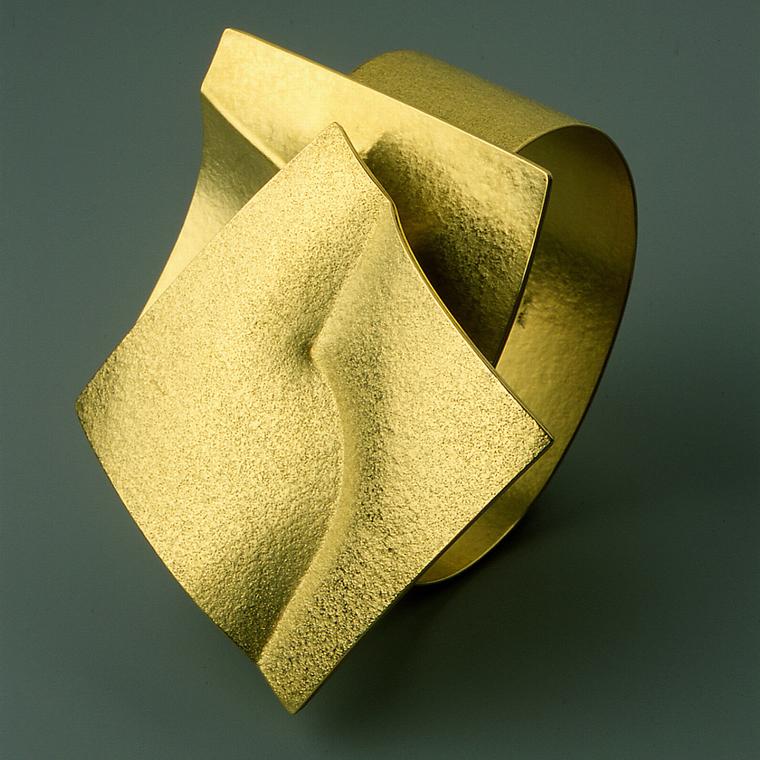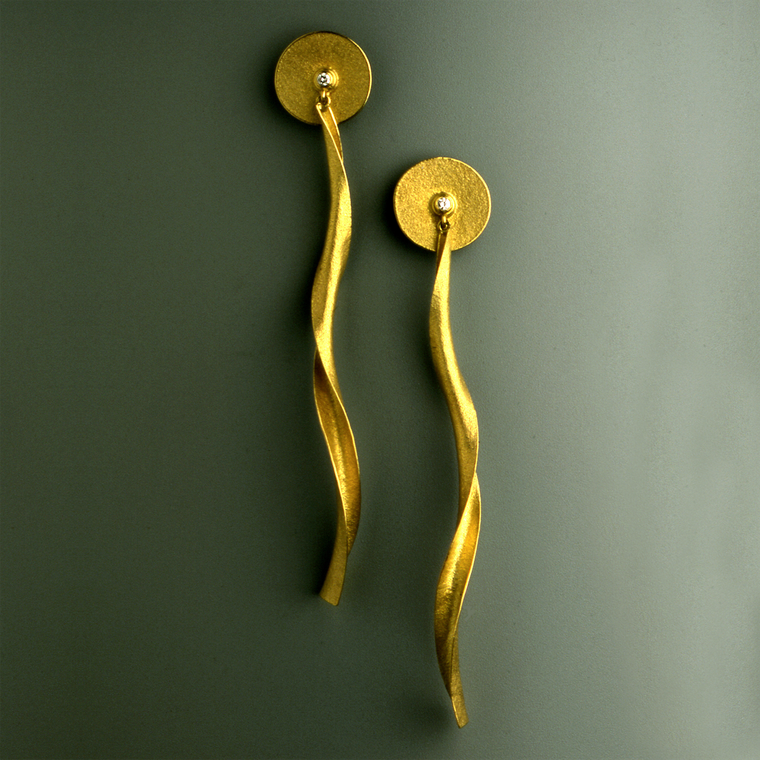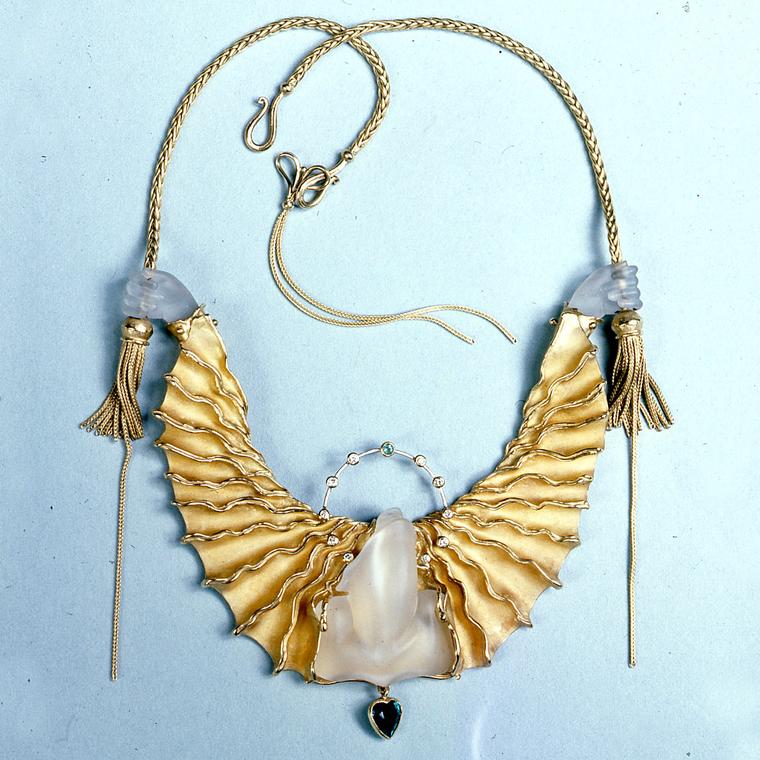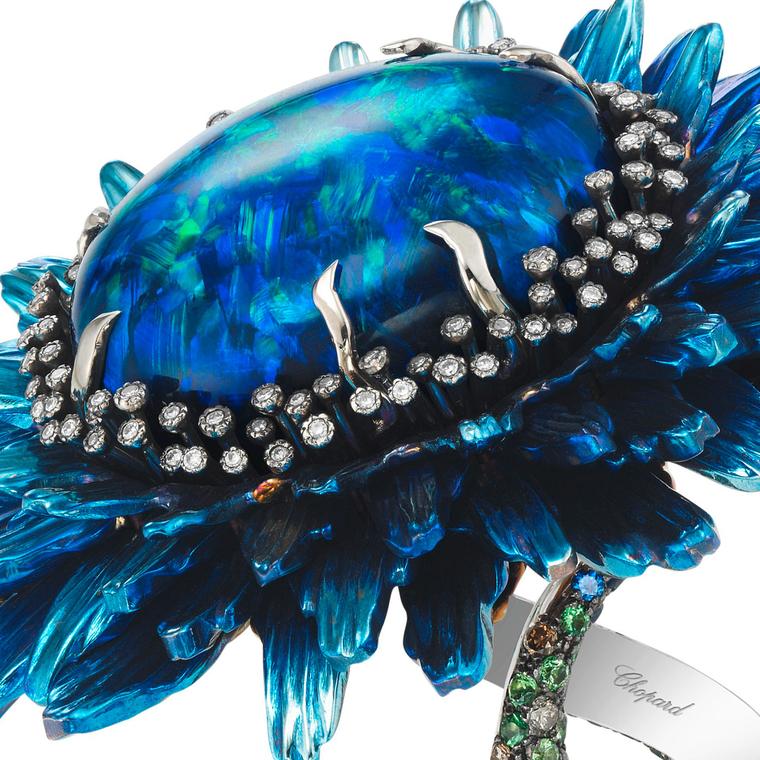
Like many British designers, jewellery design was never Jacqueline Mina’s first choice of career, but back in the early 1960s, the Royal College of Art did not accept women on its silversmithing course – the art form that had been her first love.
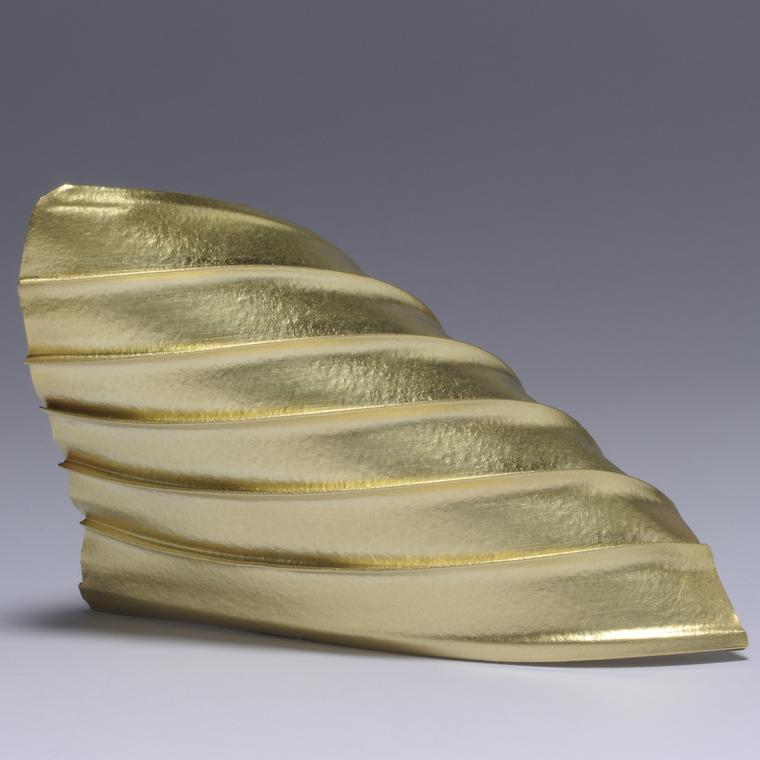
“It was a feeling at the time that men did silversmithing and women did jewellery,” says Mina, whose desire to attend the RCA, where she would return to teach for 22 years, won out over her passion for silversmithing. “I didn’t consider jewellery to be a worthy artistic endeavour. I was interested in art with a capital A and silversmithing was the closest I could get to sculpture, which was my love at the time.”
Like many jewellery designers starting out in that era, a major turning point for Mina – a true advocate of the Swinging Sixties, complete with Vidal Sasson haircut – was walking through the doors of Goldsmiths’ Hall in London in 1961 to visit the groundbreaking International Exhibition of Modern Jewellery. “It influenced everybody,” she remembers. “I saw the work of René Lalique and I was overwhelmed. I wasn’t influenced by his style, but just to see what could be done with jewellery, having thought it was more like what you saw on the high street – all floral sprays, costume jewels and very conservative fine jewellery. The exhibition showed me what jewellery could be.”
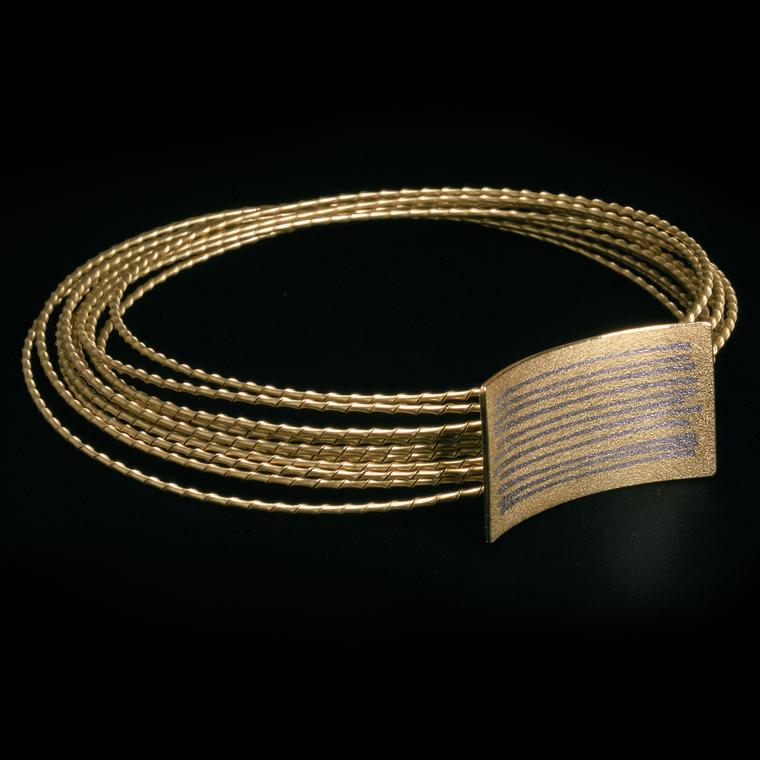
Freshly motivated, Mina started to experiment with texture in her designs and would favour natural crystals such as iron pyrite over cut and polished gemstones. She also fell under the spell of titanium jewellery, using heat to change the colour of the metal and release its rainbow.
Mina’s adventurous, sculptural collections won her many admirers and what she modestly refers to as “a few collectors”. It also won her a super fan. “In the 70s through to the 90s, I had mainly one client from Saudi Arabia,” she explains. “When I had my exhibition at Goldsmiths’ Hall [Jacqueline Mina - Dialogues in Gold, 2011] his wife, who is the daughter of the late king of Saudi Arabia, very kindly lent me 10 pieces from her collection.”
Next year will hold another important exhibition for Mina, this time at the Edinburgh Festival. The venue will be The Scottish Gallery, which sells her work. Here, she hopes to showcase a collection she is currently working on. At 74 years of age, Mina still makes all her own jewels by hand, aided by a blowtorch that she has to physically blow into.
She has titled her latest series of work Alleoritic. “It’s all to do with chance,” she explains. “I’m experimenting with metal displacement – fusing two bits of metal together and rolling them down until they come out a different shape; the platinum gets pushed into the gold and displaces it. I have an input at the beginning, but in a way I don’t want to know what it’s going to come out like.” Which, in a way, is not entirely unlike how her own career unfolded after that initial disappointment back at the RCA.



